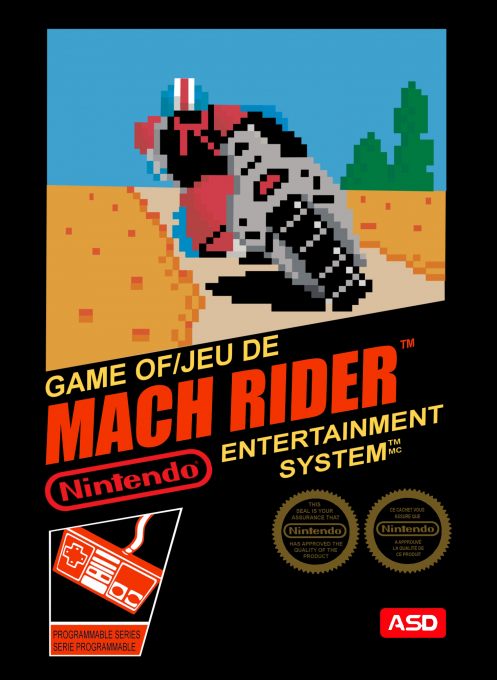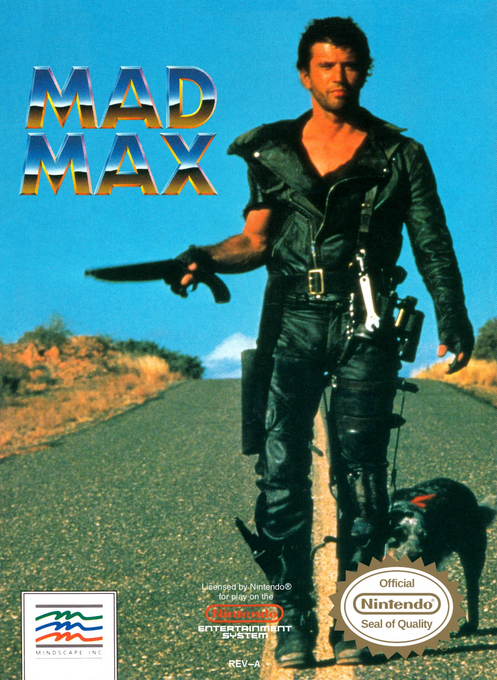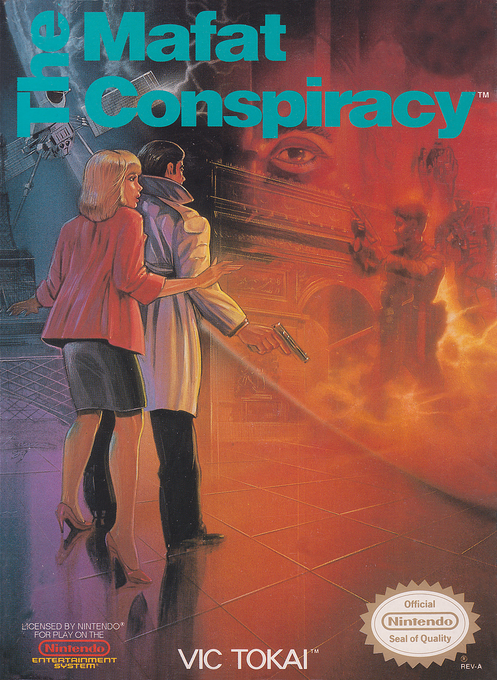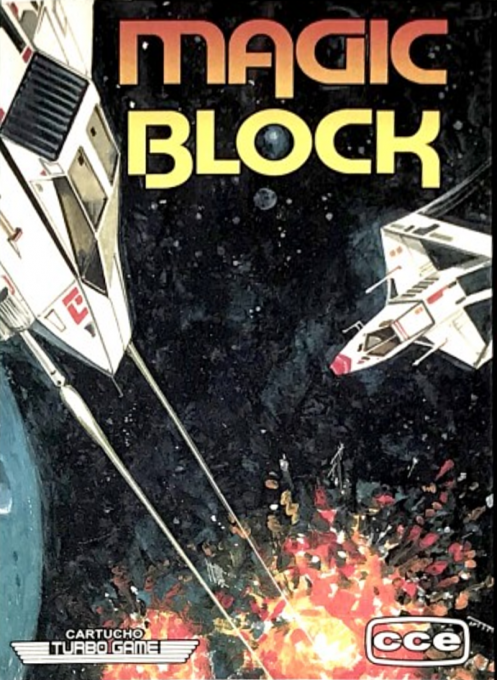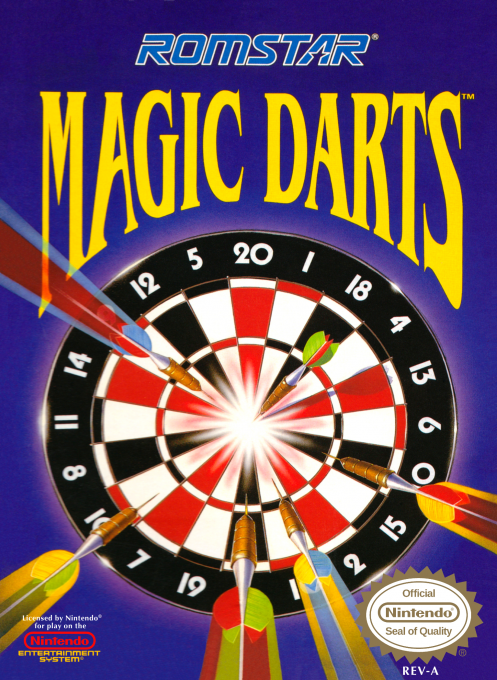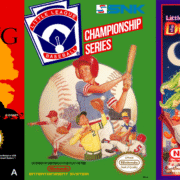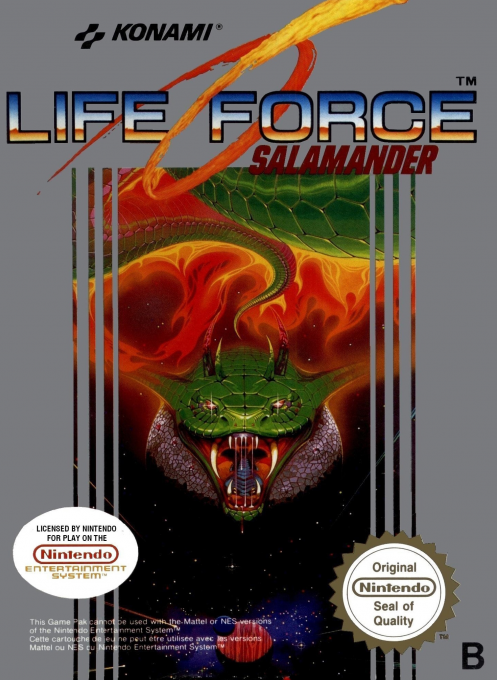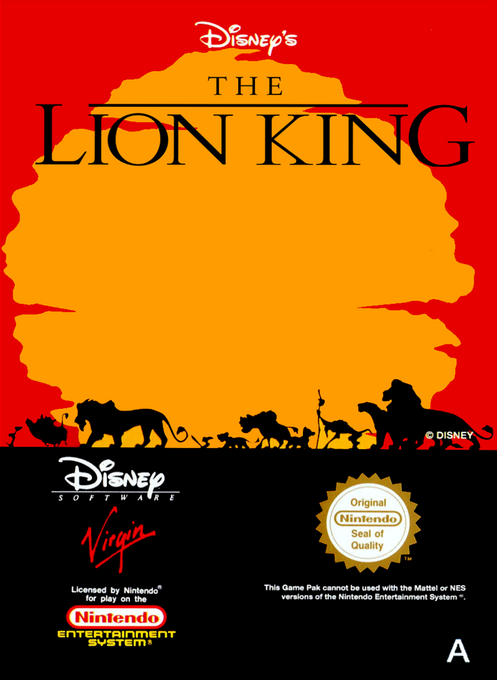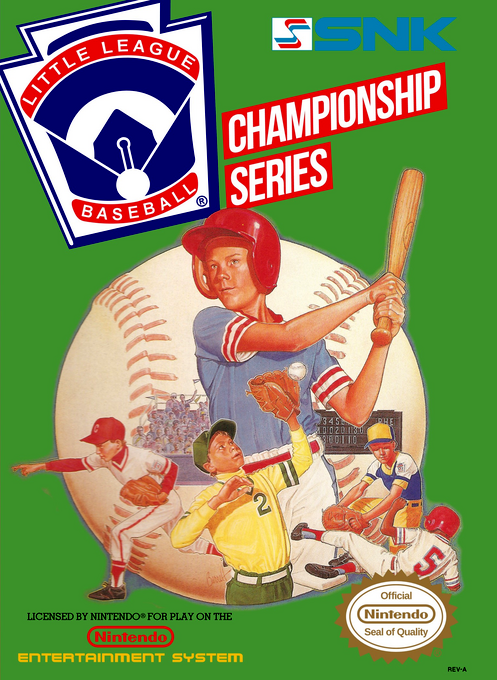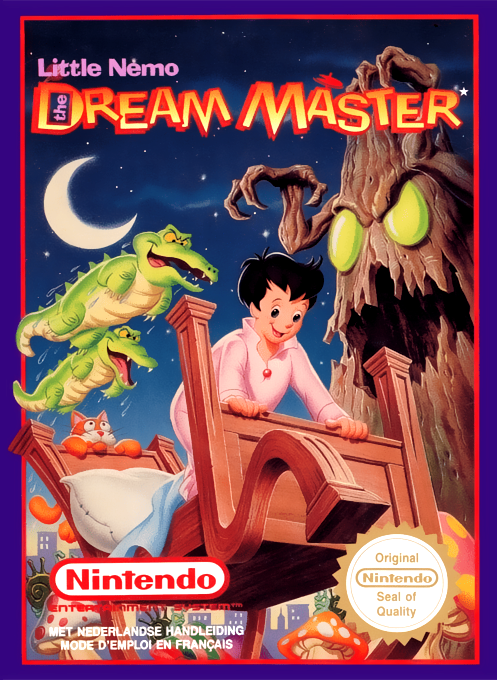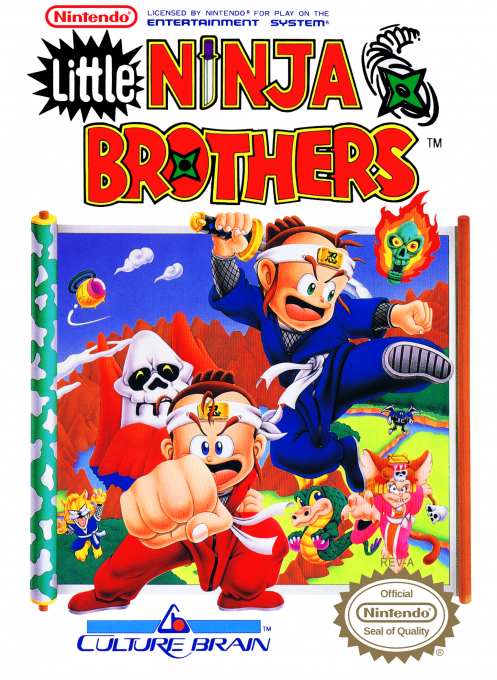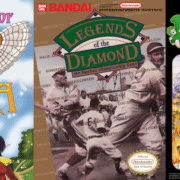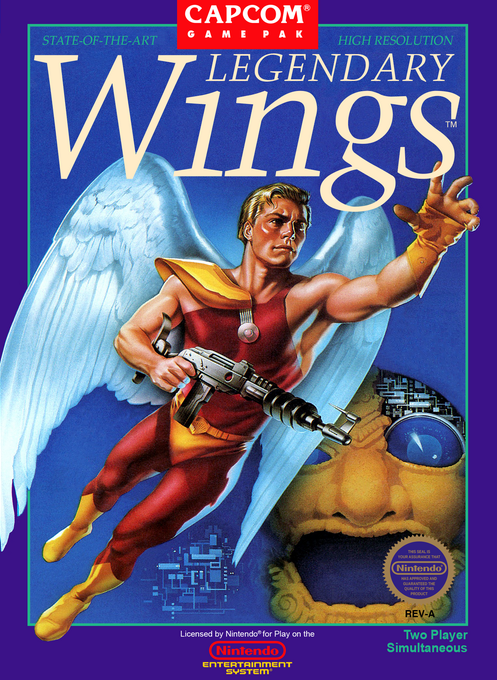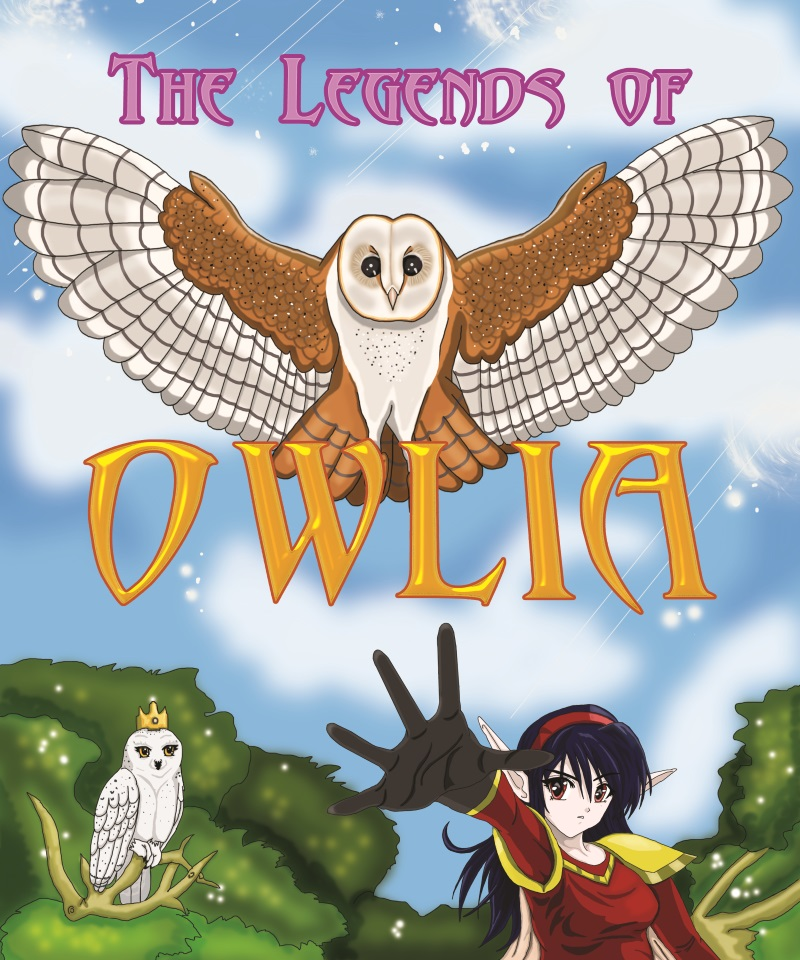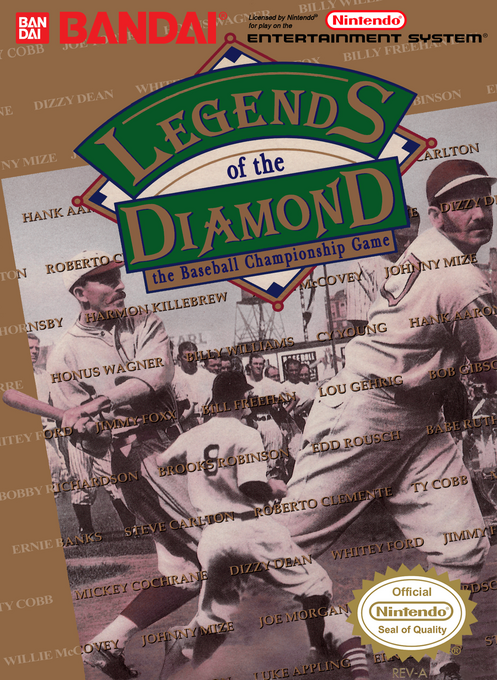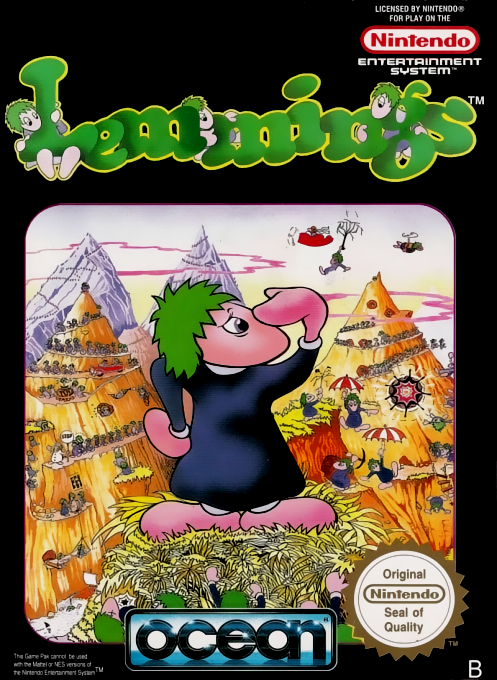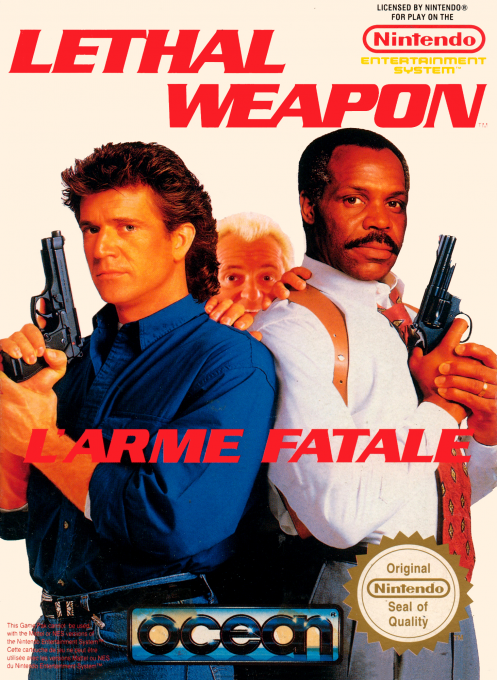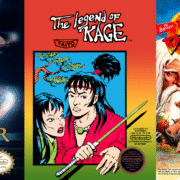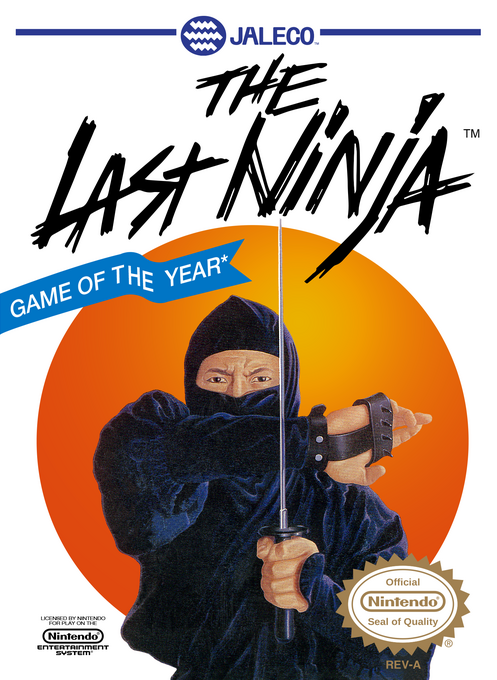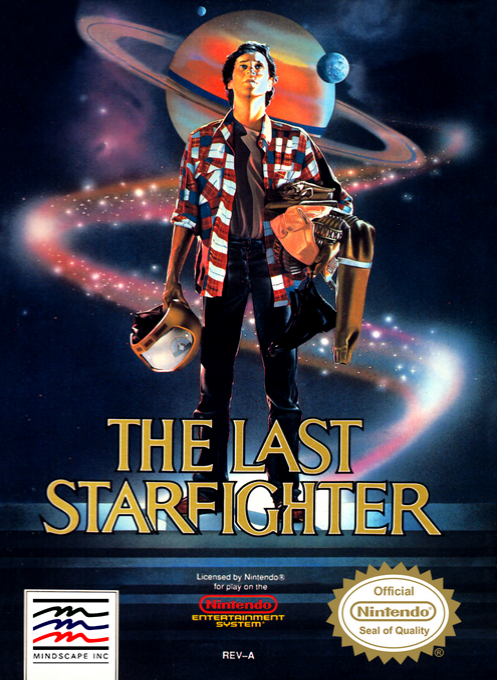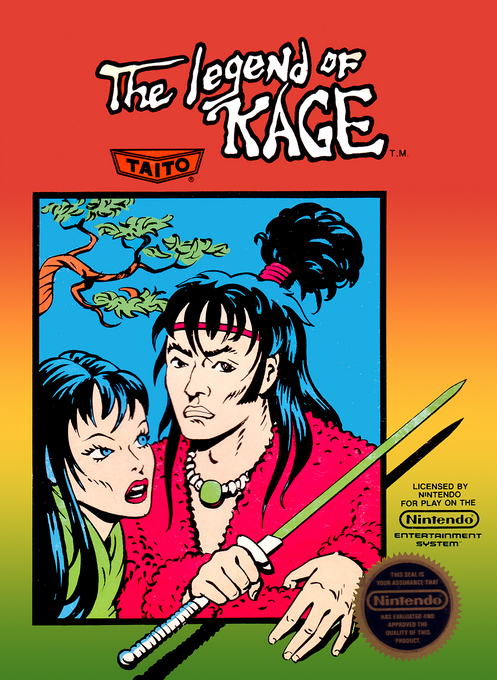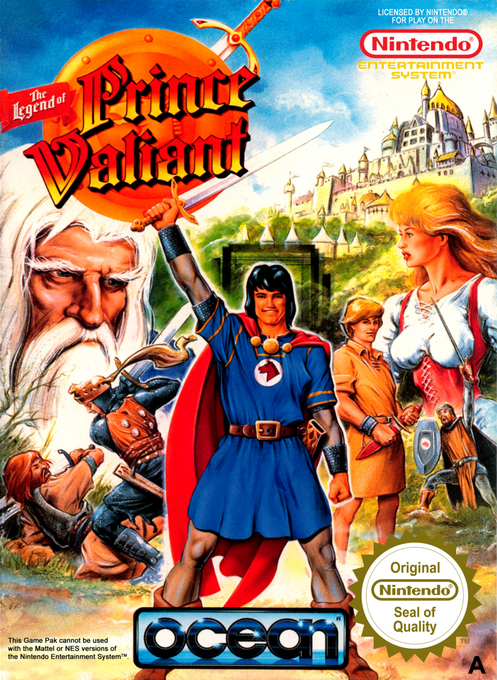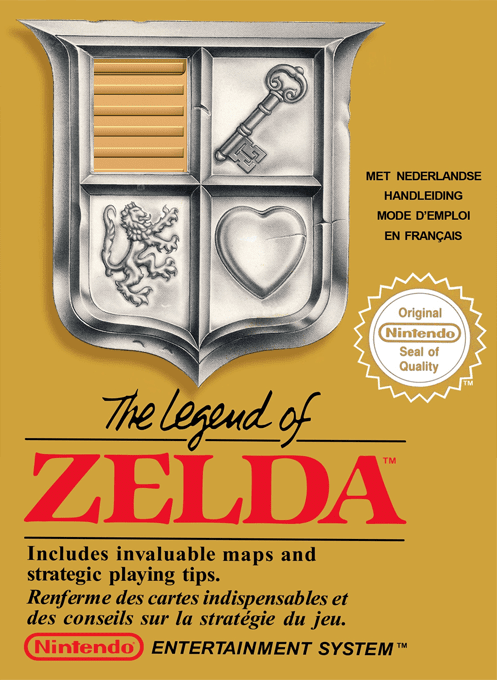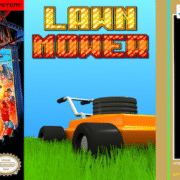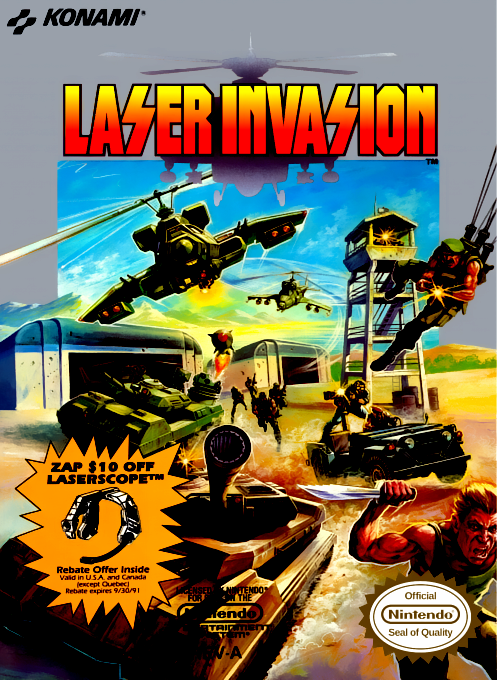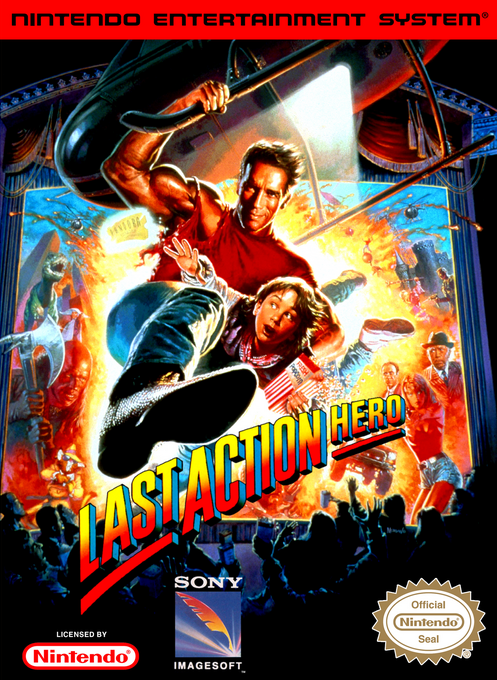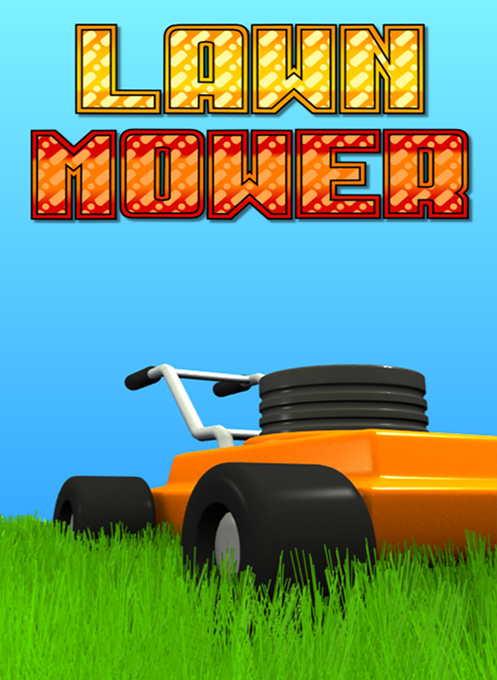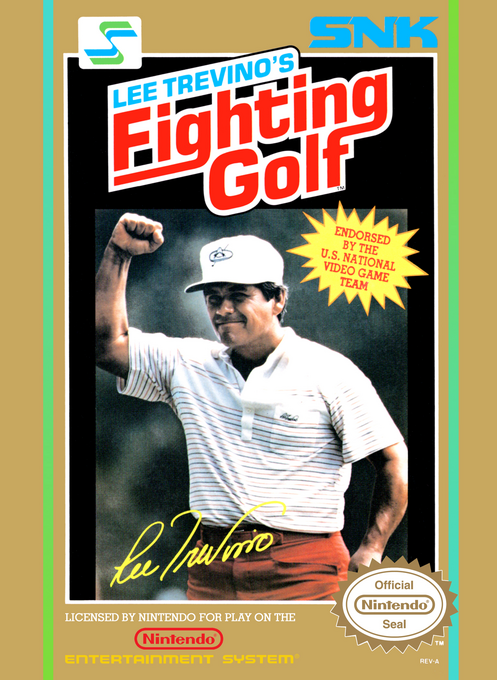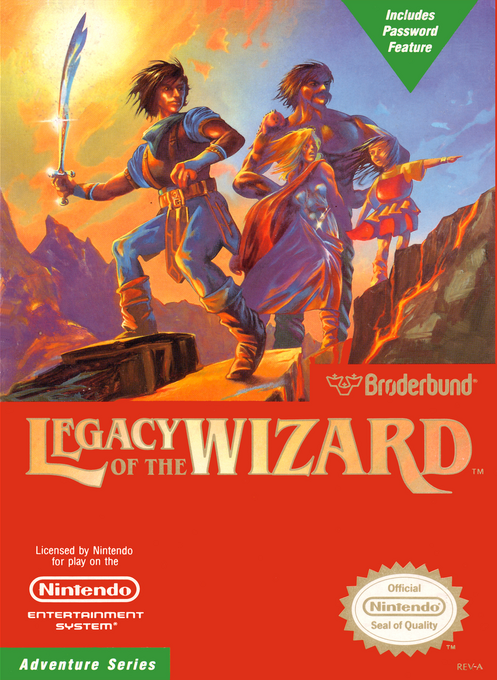Reaching episode 100 feels surreal. When I started this journey over eleven years ago, I never imagined I’d still be sitting on this couch, controller in hand, systematically working through the entire NES library. To mark this milestone, I brought back some familiar faces: Yuri, my original co-host from the very beginning, Shane, who’s been a recurring guest and baseball enthusiast; and Jake, who’s become a regular fixture after winning contests and proving himself indispensable to the show.
This episode delivered a mixed bag that perfectly encapsulates the NES experience—from utterly baffling interfaces to innovative gameplay ahead of its time. We even threw in a bonus sixth game, the original Mario Bros., because what better way to celebrate 100 episodes than with a true arcade classic? The “M” section continues to surprise us, and this batch proved that even well-known titles can reveal new quirks when you actually sit down and play them.
Let me be clear: I never actually played Major League Baseball. We spent the entire five minutes trapped in a lineup selection screen that refused to cooperate. Published by LJN and released in 1988, this should have been a straightforward baseball simulation, but instead it became an exercise in controller-mashing frustration. The game does feature actual MLB teams from the ’88 season, and I was excited to hunt for Nolan Ryan on the Houston Astros roster—”His nickname is the Express and he was a very good pitcher who pitched some real fast balls in his days,” I declared! But alas I never saw him.
The interface asks you to “select the fifth batter,” but no amount of button pressing, directional pad manipulation, or creative thinking would allow us to do so. We cycled through players, we tried different menus, we attempted every combination of A and B buttons. No progress.
The game does have MLB team rosters and appears to simulate actual baseball once you get past the setup … Allegedly.
Maniac Mansion – 1/1
| Developer | Lucasfilm |
| Publisher | Culture Brain |
| Release | 1990 |
| Genre | Point and Click Adventure |
Now this is where things got interesting. Maniac Mansion, developed by LucasArts and published by Jaleco for the NES, is a groundbreaking achievement in console gaming. Originally released on PC in 1987, this point-and-click adventure was revolutionary for bringing that genre to an 8-bit console in 1990.
The game drops you into a B-movie horror scenario where you select three teenagers from a roster of seven characters to rescue your friend Sandy from the titular mansion. Each character has unique abilities and personality traits—Dave is the organized boyfriend, Bernard wins awards for flea circuses, Razor has her own band, and young Peter Okamoto likes “bugs and basketball.” I navigating the verb-based interface with patience. We discovered quickly that every action requires specificity: you can’t just click a door, you must select “Open” then “Door.” Finding the key under the doormat required us to “Pull” the mat, then “Get” the key, then “Use” the key on the door—as I observed, “That’s a lot of work.”
The game’s attention to detail shines through in unexpected moments. When Razor turned on the CD player, her aggressive punk music blasted through the speakers, completely different from Dave’s soundtrack. “The fact that you can turn the CD player off and it makes the music stop, right? Who knows what other little surprises they have in store,” I mused. We explored the mansion’s kitchen, found a chainsaw (naturally just hanging there), and eventually watched as Razor got captured by a turquoise nurse-like character. The point-and-click adventure format, executed on a D-pad with only two buttons, represents an impressive technical achievement for 1990.
Mappy Land underwent a complete transformation during our playthrough. Published by Taxan in 1989, this game is a follow-up to the arcade title Mappy, featuring the same police mouse protagonist. “At first, I was kind of yawning about it, but now I’m kind of into it,” I admitted partway through. What initially seemed like a confusing platformer where you bounce on trampolines and collect cheese revealed itself to be a charming adventure through varied themed worlds.
Yuri took the controls and quickly discovered the core mechanics: collect items (usually cheese or keys), avoid cat enemies, and utilize trampolines for vertical movement. The game’s biggest innovation comes from its diverse level themes and progression system. We witnessed transformations from a daylight suburban setting to a pirate ship, then to a church filled with religious iconography. “Usually Nintendo censors those out,” I noted about the crosses, “They forgot. They forgot about Mappy Land.” The church level featured a giant cross pickup that Yuri needed to show the mayor-like character blocking the entrance to Mappy’s house—essentially a “find Jesus” objective that none of us expected.
The level variety kept surprising us with each new stage. The game introduced different time-of-day cycles, ghost enemies that required special flash items to defeat, and increasingly complex platforming challenges. Taxan has a very good record and this title supports that assessment. The difficulty scales appropriately, the controls feel responsive once you understand the trampoline timing, and the bite-sized level design keeps you motivated to see what comes next.
Marble Madness needs no introduction to most retro gamers, but experiencing the NES port ported by Rare for Milton Bradley in 1989 brought back floods of childhood memories. Before we started, we got sidetracked discussing marble race videos on YouTube—those incredible marble run competitions where people bet on colored marbles going through elaborate obstacle courses. “Kids love them,” Shane confirmed. “They’re just crazy marble runs. They have like conveyors and treadmills and all the crazy setups.”
The game itself is an isometric racing challenge where you guide a marble through treacherous courses within strict time limits. Shane took the lead initially, with me struggling to grasp the unique control scheme. “It’s so weirdly responsive,” I complained while attempting to navigate the first course’s narrow pathways. The game punishes mistakes with time penalties and respawns, but rewards skillful play with bonus seconds. As we discovered, competitive multiplayer is where Marble Madness truly shines—the ability to bump opponents off cliffs or into hazards adds a delightfully ruthless element. “Wow, Shane, that was so rude,” I jeered after a particularly devastating bridge bump.
This NES port captures the arcade original’s essence remarkably well, considering the hardware limitations. The game consists of just five levels, designed for score-chasing and speed-running rather than lengthy campaigns. “This game is actually like super short. Like the whole game is like five levels,” I explained. “But it’s more about like speedrunning it, you know? How good can you get?” The responsive controls, creative level design with slopes and obstacles, and the competitive multiplayer make this a standout title.
Mario & Yoshi, released by Nintendo in 1991 (known as Yoshi in Japan), represents an interesting puzzle experiment during the transition period before Super Mario World introduced Yoshi to the platforming world. This falling-block puzzle game feels like Nintendo’s attempt to create their own Tetris variant, with a distinctly Mario flavor.
The gameplay involves swapping the bottom two positions of a four-column playfield as enemies fall from above. Match two of the same enemy type vertically and they disappear. Create matches with both halves of a Yoshi egg and the dinosaur briefly hatches before vanishing. Shane and Yury competed head-to-head, and immediately the competitive nature emerged as the game’s strongest feature.
The game offers difficulty and speed settings, and we cranked both to maximum for the full experience. Level 5 at high speed becomes genuinely challenging, requiring quick decision-making and pattern recognition. “Oh my god,” Shane exclaimed during one particularly hectic exchange. The scoring system rewards matches equally (five points each), and winning requires either filling your opponent’s screen or lasting longer. As a solo puzzle experience, Mario & Yoshi feels underdeveloped and repetitive, but as a competitive party game, it offers genuine entertainment—especially “as a drinking game,” as someone suggested.
For our 100th episode, we decided to include a bonus sixth game, and what better choice than the original Mario Bros.? Released on NES in 1986 as a port of the 1983 arcade game, this represents the foundation of the Mario franchise before side-scrolling platformers took over.
Playing Mario Bros. in 2024 reminded me powerfully of my childhood “I went to this place called the Jewish Community Center and in it had an arcade and they had Mario Brothers, this game. And I used to love it so much and I played it all the time,” I reminisced.” Yury remembered “being so blown away by like when you jumped and it hit the floor like the way it bent.”
The NES version captures the arcade experience faithfully, complete with simultaneous two-player co-op. Jake and I worked through the increasingly difficult phases, dealing with Shellcreepers, Sidesteppers, and eventually the Fighter Flies that require precise timing to hit. The single POW block creates interesting dynamics, putting some competitive tension into the game if the other player wants to surprise POW and un-flip vulnerable enemies.
The game introduces ice physics, falling icicles, and faster enemy movement as you progress, maintaining challenge throughout.
“This is under appreciated,” I argued. “No one really cares about this game, but as a two-player experience, it’s a very fun game.” In an era before Super Mario Bros. revolutionized gaming, Mario Bros. offered pure arcade fun—simple to understand, difficult to master, and perfect for couch co-op.
Conclusion
Episode 100 delivered exactly what this series is about: discovering hidden gems (Mappy Land), revisiting underappreciated classics (Mario Bros.), experiencing technical innovation ahead of its time (Maniac Mansion), and yes, occasionally running into complete disasters (Major League Baseball). Having Yuri back after seven years created a wonderful full-circle moment, reminding me why I started this journey in the first place—sharing gaming experiences with friends and documenting this incredible library.
The “M” section continues strong, and we’re not even to the heavy-hitters yet. As we wrapped, I reflected on the series’ evolution: “On our journey down to less and less views, it’s going great. Our friendship has never been stronger.” That’s the real victory here—not view counts or subscriber numbers, but the genuine connections formed over these games. Thanks to everyone who’s been following along, and here’s to the next hundred episodes. Whether you’re here for the hidden gems, the baffling interface mysteries, or just to hear us debate obscure Nintendo peripherals like the Victor Max Stunt Master, I appreciate you sticking around for this ride.















